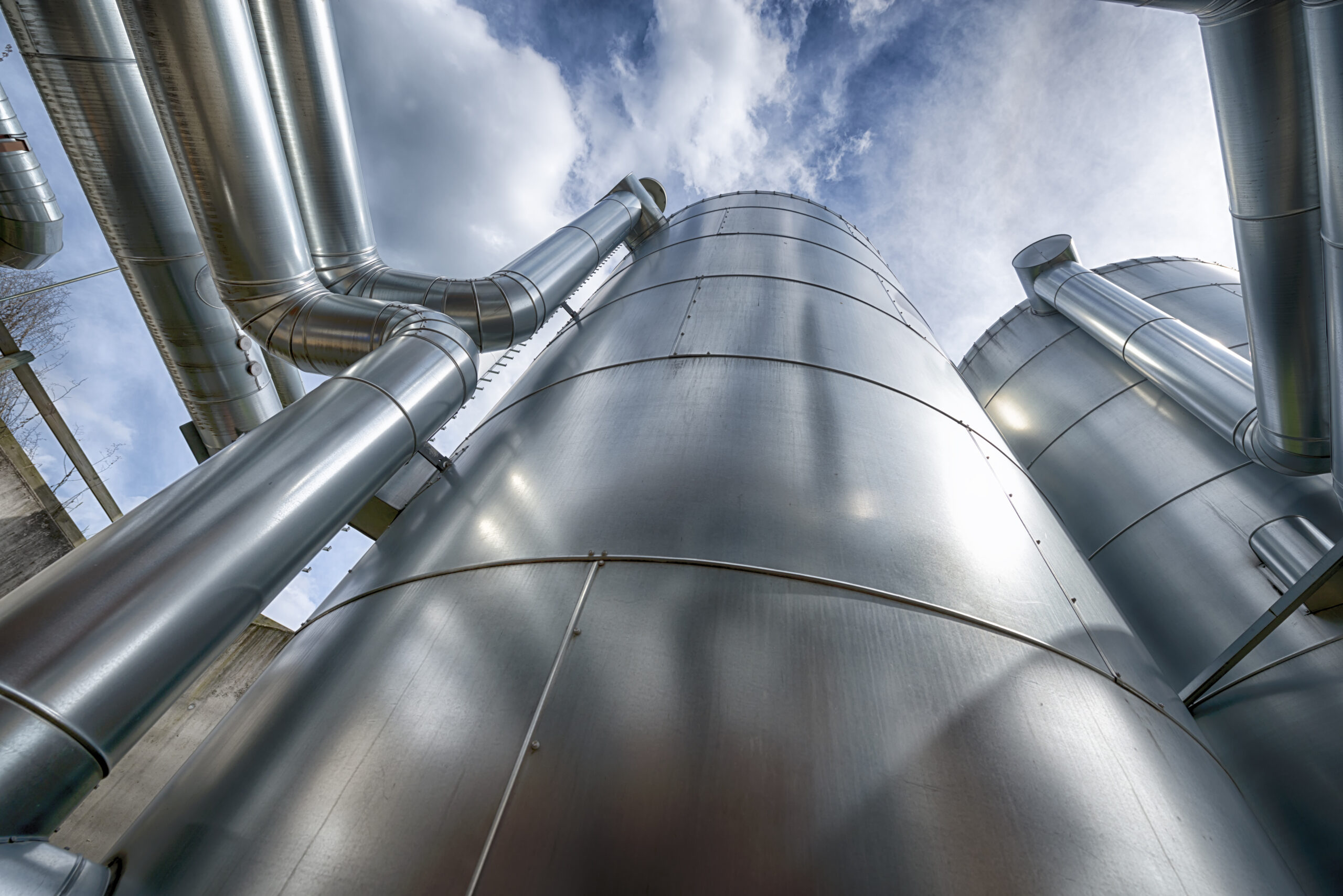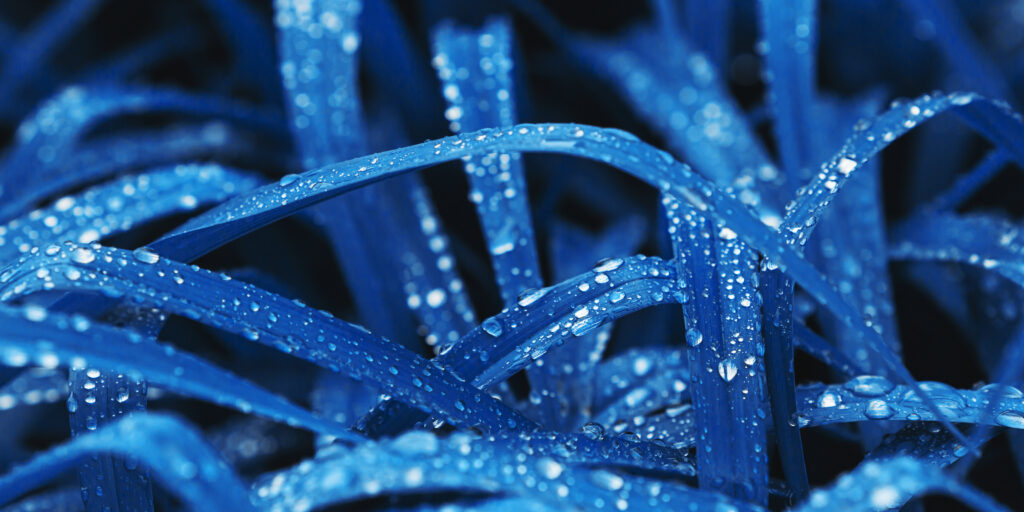Facts about the MembrAlign project:
The project was carried out in the period 2018–2021 with a total budget of NOK 11.2 million, of which NOK 7.7 million was support from the Research Council of Norway’s CLIMIT programme. The project brought together complementary expertise from three separate environments:
- CondAlign: Expertise in in-plane alignment of particles, production of functional polymer film and commercialisation. Development of production technology for polymer films with advanced functionalities.
- SINTEF Industry: Expertise in membrane characterisation, functionalisation of nanoparticles, testing of gas separation under relevant conditions, and modelling of electric fields.
- Department of Chemical Engineering, NTNU: Expertise in membrane production, membrane characterisation and polymer materials.

 Detaljbilde av bufferkaret fra et moderne biomasseanlegg. Foto.
Detaljbilde av bufferkaret fra et moderne biomasseanlegg. Foto.
